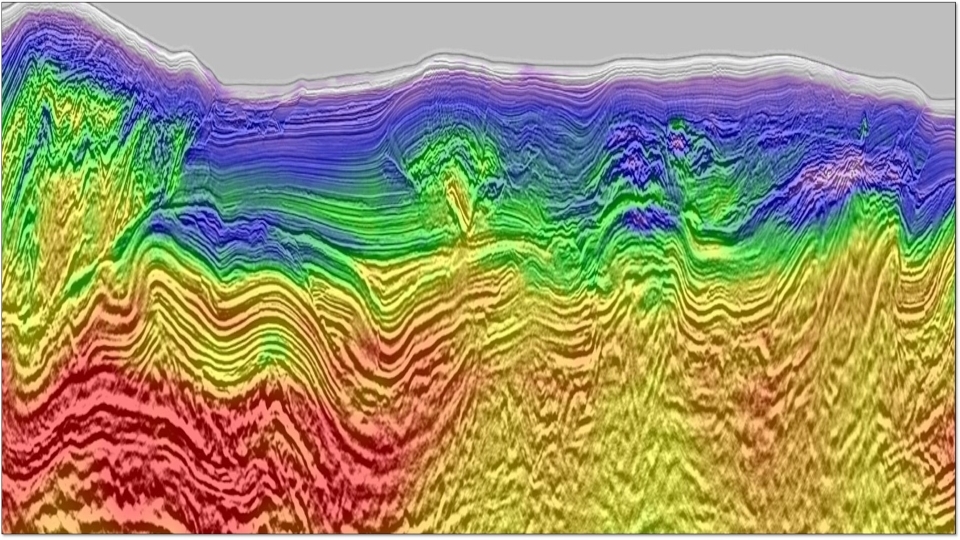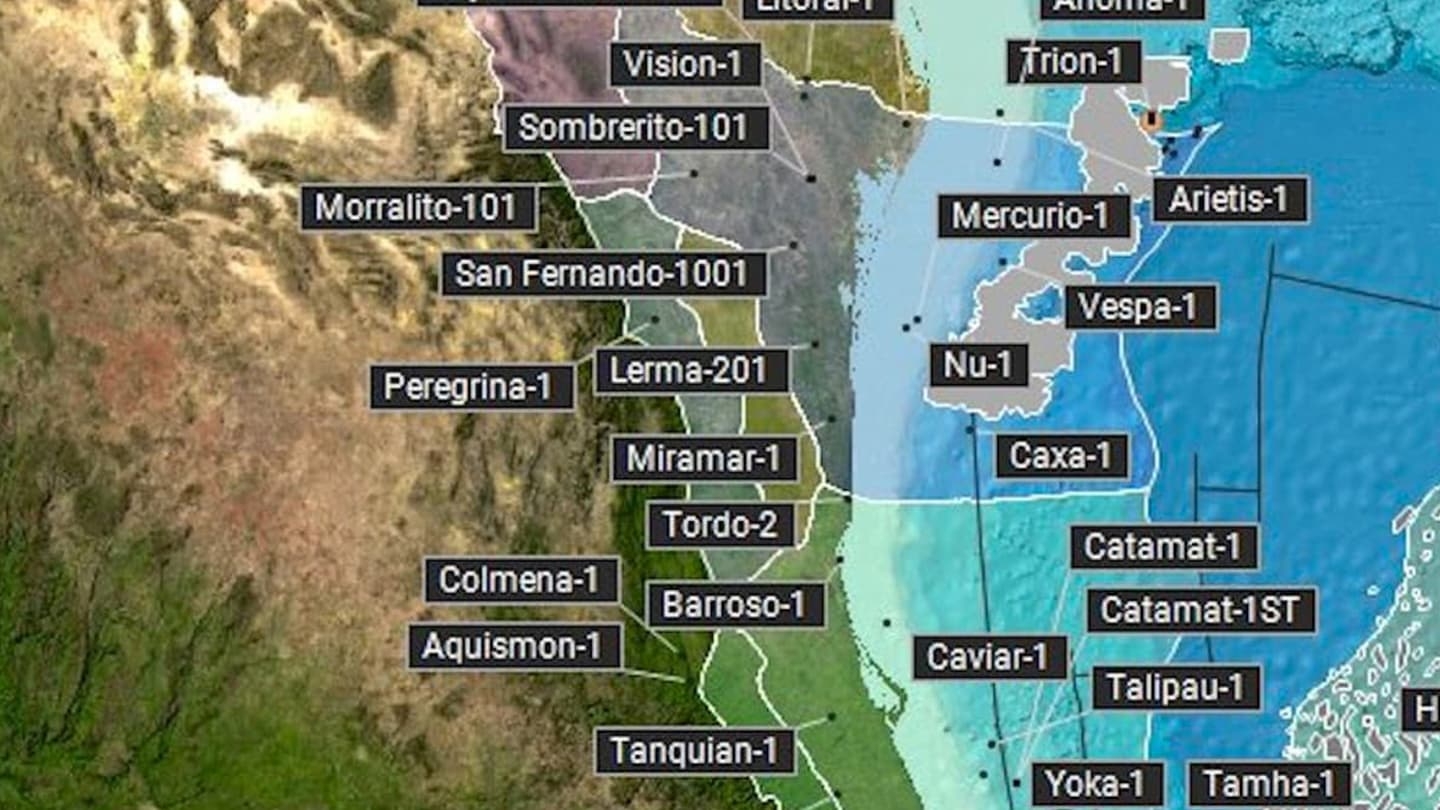The development of time-lag FWI (TLFWI) in recent years has enabled the use of the full wavefield (primary reflection, multiple, ghost, and diving waves) in inversion. With this advance it is now possible to include ever more detail in the velocity model, ultimately reaching the point of deriving from the velocity a migration-like reflectivity image, called the FWI Image. When the FWI maximum inverted frequency is increased, velocity model details can reveal superior reservoir information than present in recent conventional imaging results. Two case studies will be discussed, the first in the Greater Castberg area where the 150 Hz FWI Imaging greatly surpassed the Q Kirchhoff pre-stack depth migration imaging from the water bottom level down to the reservoir, located at a depth of around 1.5 km. For the second, over the Nordkapp basin, use of the full wavefield for shallow ultra-high resolution (UHR) imaging run at 200 Hz revealed reverse faulting and pockmark details that were invisible with either KPSDM or RTM. By using additional information present in multiple, ghost and diving waves, a spatial resolution of 2 m was achieved, making it possible to image very thin features without the need for a dedicated high-resolution acquisition design. The current UHR FWI Image obtained in the near-surface can then be used to de-risk and plan well placement as well as the foundations for wind turbines, providing important velocity information in addition to the reflectivity image.
Download Resource 
Publications
The Leading EdgeAuthors
Isabel Espin, Nicolas Salaun, Hao Jiang, Mathieu Reinier





